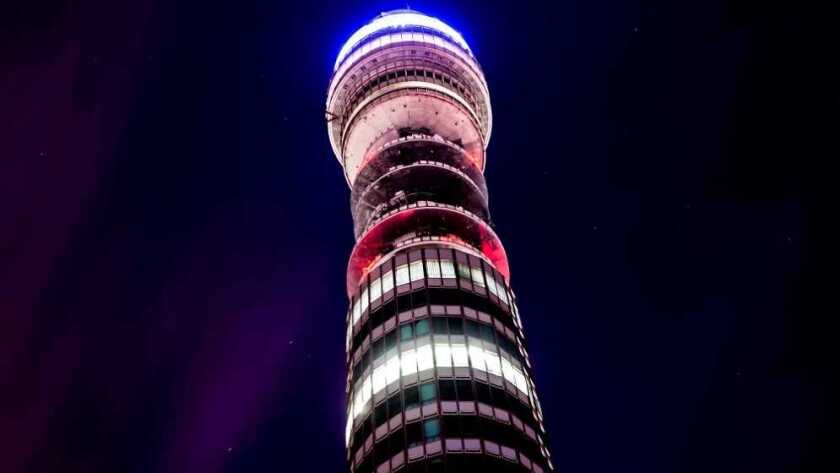Advances in smartphone technology, increased demands for data especially in the current times, and exponential growth in mobile phone usage – not to mention the advancement towards 5G – all add to operator opportunities in servicing growing customer and network demands.
In dense, urban areas, coverage at times needs to be boosted, which is where small cell deployments can help. Small cells are low-powered cellular radio access nodes that operate in licensed and unlicensed spectrums, with a range from 10 meters to a few kilometres depending on the surrounding topography.
To improve the data flow rates and coverage, the UK’s four MNOs need to densify the number of cells deployed across networks. That’s why utilising small cell technology and LTE-Advanced features promotes better coordination between macro and small cell networks, and more efficient use of spectrum.
How small cell deployments help
Small cells are rarely deployed in isolation from the radio macro layer. Their placement as near to the centre of a coverage deficient area can impact on the numbers required to alleviate the problem, and the overall network performance. Small cells have proven themselves to be an effective solution for radio networks, as they are cheap and quick to deploy comparative to macro installations and in some circumstances can outperform the macro network for offload. The real-world performance has boosted small cells to be critical part of any radio plan, both to eliminate areas of little or no coverage and to supplement macro deployments in congested areas such as towns and cities.
Small cells create a more efficient use of the spectrum and are currently mainly used in densely populated urban areas. The cells can operate on both licenced and unlicensed spectrum and both indoor and outdoor. Outside, these can be found on buildings, but are more often placed on street furniture, such as street lighting columns. Outdoor small cells are generally used where there is good network coverage from in-place macros and fulfil that all-important role as capacity and coverage boosters.
How they help with expanding coverage in urban areas
According to industry research, the UK could reasonably see upwards of 40,000 outdoor small cells installed across the county over the next five to ten years. Initial demand for small cells has been focused on 4G capacity infill in high density urban areas – London being the first major city.
However, as MNO’s radio plans and radio planning tools evolve, this has spread to the major UK urban areas and we are seeing different demand profiles for small cells around coverage in rural and remote areas such as beaches and towns. This is becoming ever more important in consideration of the enforced home working environment many currently find themselves in. That’s why implementing small cells in street columns that offer the ideal height to optimise reach, and making these available in almost every town and city, using either existing or bespoke infrastructure nationwide, is enabling suburban communities, villages, hamlets and even more remote communities to be supported and better connected.
Schemes such as BT Wholesale’s 1G Street Connect and Ericsson’s Radio System are being rolled out to underpin operator networks, improving connectivity and supporting communities.
Looking ahead
Looking towards the future of connectivity in the shape of 5G becoming widely available, the first 5G small cells pilots are aiming to be deployed towards the end of 20/21 financial year, making the accommodation of new design features such as CPRI front haul and disaggregated small cell architecture a must. Cost and flexibility will be a key driver behind this next generation of small cell transmission.
Whilst the global pandemic is certainly causing businesses across the UK and the rest of the world to rethink strategies and prioritise budget, in the MNO landscape the small cell layer will be a critical part of any future mobile network. They will form the foundations of the next generation of 5G use cases due to their proximity to the end user, and to provide the capacity, latency and resilience. They will be ubiquitous across city landscapes both indoor and out. As part of the work being done with local boroughs and councils, the emphasis is on their digital inclusion programmes supporting the government initiatives and bridging the digital divide between to social classes.





